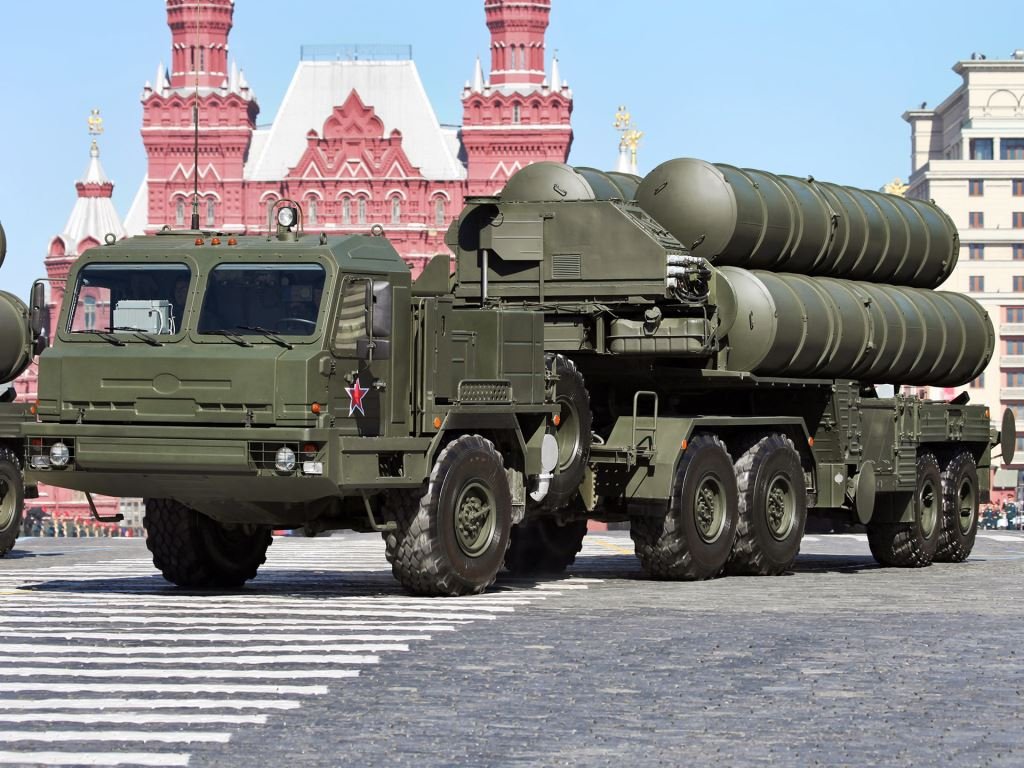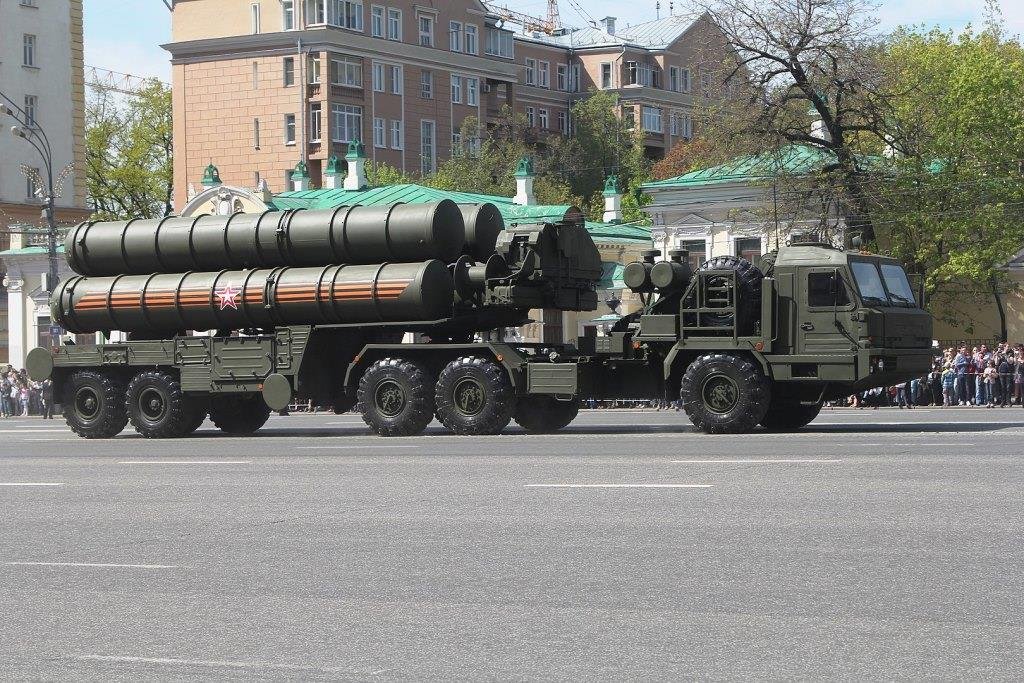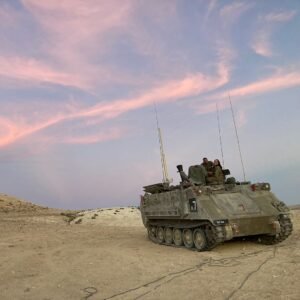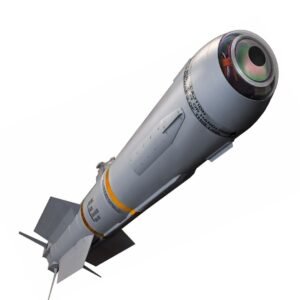Introduction
Air defense systems are critical to any nation’s security, especially in today’s world where warfare has become more advanced and sophisticated. The S-400 Triumf missile system is a cutting-edge air defense system that has become increasingly popular in recent years.

Development and Design of The S-400 Triumf Missile
The development of the S-400 Triumf missile system began in the late 1990s by the Almaz Central Design Bureau, which is part of the Russian state-owned Rostec corporation. The purpose of the system was to replace the S-300, which was already in service with the Russian military and other countries. The Almaz Central Design Bureau designed the S-400 with several improvements over the S-300, including a new command and control system, improved radar systems, and upgraded missiles with longer ranges and improved accuracy. The S-400 has the ability to engage a wider range of targets, including ballistic missiles, which the S-300 was not designed to do.
The S-400 system features an advanced radar system that can track up to 300 targets simultaneously and can engage up to 36 targets at once. The system includes four different types of missiles, including the 9M96, which has a range of up to 120 km, and the 40N6, which has a range of up to 400 km. The S-400’s command and control system, called the 55K6E, can control up to 12 launchers and 96 missiles.

The S-400 Triumf Missile Technical Specifications:
The S-400 Triumf missile system has impressive range and altitude capabilities. The system can engage targets at a range of up to 400 km, and at altitudes of up to 30 km. The missile types used by the S-400 system include the 9M96, which has a range of up to 120 km, the 48N6, which has a range of up to 250 km, the 40N6, which has a range of up to 400 km, and the 9M100, which has a range of up to 15 km.
The S-400’s target tracking and engagement capabilities are also noteworthy. The system was track any targets, including Jets, planes, UAVs, and ballistic and cruise missiles. The system’s advanced radar system allows it to track targets with high accuracy, even in challenging conditions such as electronic warfare. The S-400’s missiles are also highly maneuverable, making them difficult for enemy aircraft or missiles to evade.
General Specifications
| Specification | Details |
| Missile range | 40-400 km (25-250 mi) depending on the missile |
| Maximum altitude | 185 km (115 mi) |
| Radar range | Up to 600 km (370 mi) |
| Targets | Aircraft, UAVs, cruise and ballistic missiles |
| Number of launchers | Up to 12 |
| Deployment time | 5-10 minutes per launcher |
| Operational readiness | 5 minutes per launcher |
| Missile types | 9M96E, 9M96E2, 48N6E3, 40N6 |
| Maximum speed | 4.8 km/s (Mach 14.4) |
| Maximum engagement | 80 targets simultaneously |
| System weight | 55 tonnes (121,000 lbs) |
| Transportability | Road, rail, and air |
| Countries using | Russia, China, India, Turkey, Belarus, Algeria, Syria |
The S-400 Triumf Missile Deployment and Controversies:
Several countries have purchased the S-400 Triumf missile system from Russia, including China, India, and Turkey. The deployment of the system has been controversial, particularly in the case of Turkey, which is a NATO member and has been at odds with the United States over its decision to acquire the system. The United States has argued that the S-400 poses a threat to its F-35 fighter jet program, and has imposed sanctions on Turkey in response. Turkey has argued that it has the right to choose its own defense systems and that the S-400 is critical to its national security.
The deployment of the S-400 system has also raised concerns among other NATO members, who worry about the system’s integration with NATO’s air defense systems. The United States and other NATO members have expressed concern that the S-400’s advanced radar system could be used to gather intelligence on NATO’s air defense capabilities, and could potentially be used to compromise NATO’s air defense systems in the event of a conflict.

Advantages and Limitations:
The S-400 Triumf missile system has several advantages over other air defense systems. Its advanced radar system allows it to track and engage a wide range of targets, including ballistic missiles, which other systems may not be able to do. The system’s longer range and more accurate missiles also give it an edge over other air defense systems. Additionally, the S-400’s command and control system allows it to coordinate multiple launchers and missiles, making it a highly effective air defense system.
However, the S-400 also has some limitations. One of the main limitations of the system is its high cost, which may make it difficult for some countries to afford. The system also requires a significant amount of training and expertise to operate effectively, which may be a challenge for countries with less developed military capabilities. Additionally, the deployment of the system has raised concerns about its integration with NATO’s air defense systems, which may limit its effectiveness in certain scenarios.

The S-400 Triumf Missile Compare with Other Air Defense Systems:
The S-400 Triumf missile system is often compared to other air defense systems, such as the U.S. Patriot system and the Israeli Iron Dome system. While each system has its own advantages and limitations, the S-400 is generally considered to be one of the most advanced air defense systems in the world. Its longer range and more accurate missiles, as well as its advanced radar system, give it an edge over other systems.
Read More:-The Topol-M ICBM & The RS-28 Sarmat ICBM: Doomsday Machine.













